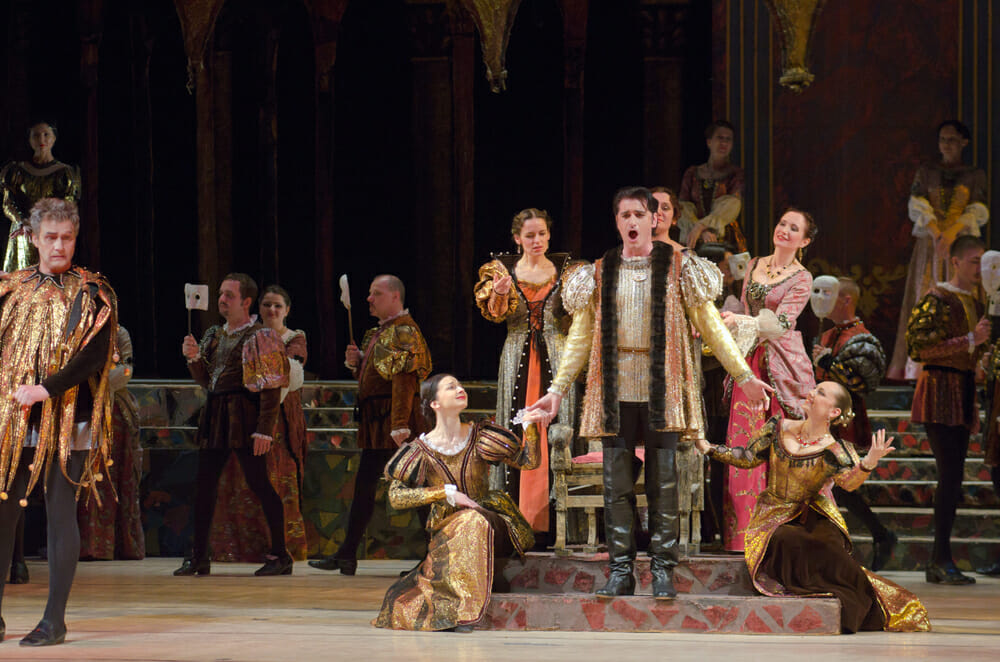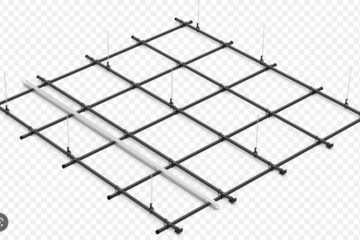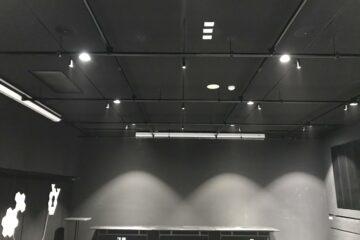Set designers are tasked with taking the director’s vision and making it a reality on stage. They must also stay true to the era that the production is set in: if the staging does not feel authentic or work efficiently, the director’s vision, and thus the play itself, will not be a success. In this blog post, we’ll look at some basics of an effective set design.
Set design
In its most basic form is the establishment of a fictional world within the limited space of the stage. A good set design will draw the audience into the world of the play, and will not allow any opening for the “real world” to interfere with the actions of the characters and flow of the plot.
In order for the set designer to achieve this, they must first develop concepts for what belongs on the stage, and what doesn’t. This requires knowledge of props, set design, and costume design. The mood is also a huge factor, which is often set by lighting, so any great set designer will develop a strong relationship with the lighting designer.
Depending on the director’s vision for the play (and the budget!), the set designer has a choice to either create a detailed stage filled with props and scenery or a more sparsely decorated stage that focuses the audience’s gaze directly on the actors. Oh, and just because the stage has less on it doesn’t mean the job of the set designer is easier – in fact, it’s often harder because each piece will carry more significance and will have to be chosen even more carefully.
The use of curtains to move seamlessly between scenes and Acts is often also the work of a set designer. A good set designer will know the difference between curtain types, such as teasers, valance curtains and backdrop curtains, and when to use each.
Good set designers will be across the latest stage technology, such as the innovative Brusan molding cloth, which can be used to create a multitude aesthetic effects depending on the material and form given.
As a set designer, you’ll also be working with lighting designers and the sound team on a daily basis. The reason for this is simple: lighting and sound both have a direct role in the mood and the direction of every scene. In order to maintain the integrity of the play, the set designer must develop concepts with these separate teams to ensure nothing is out of place.




1 Comment
Comments are closed.